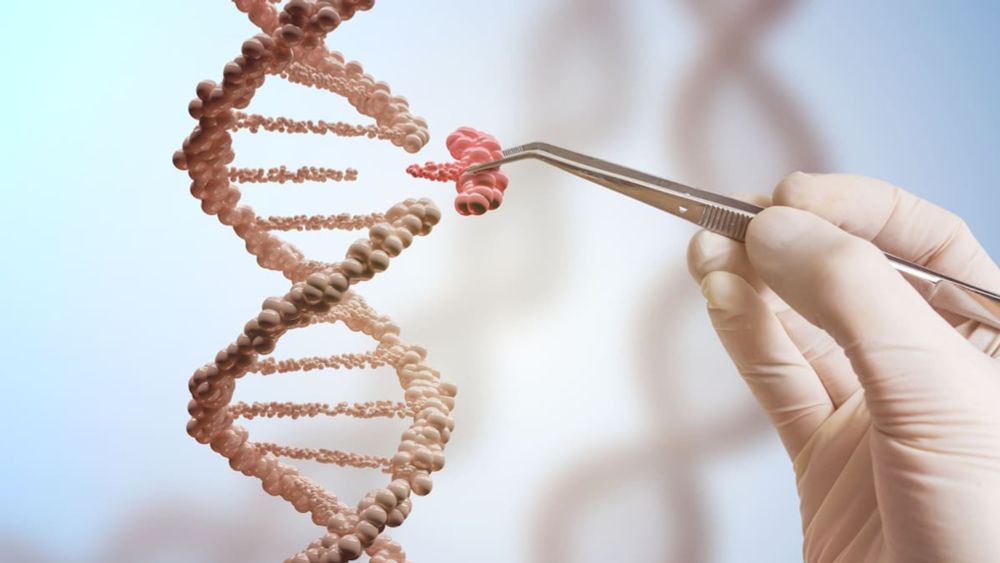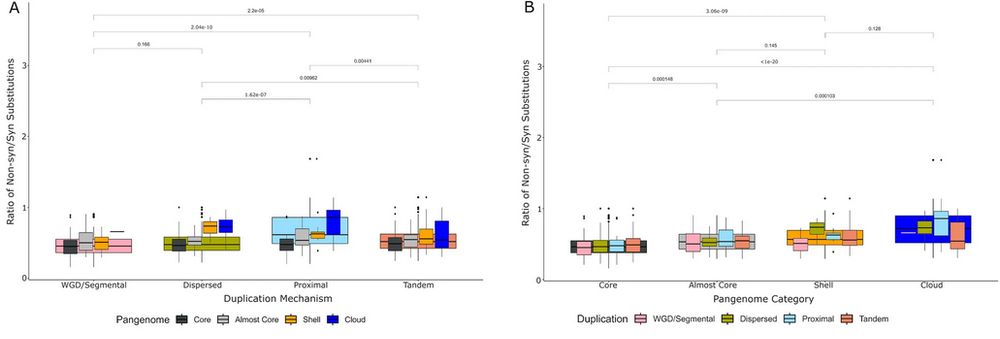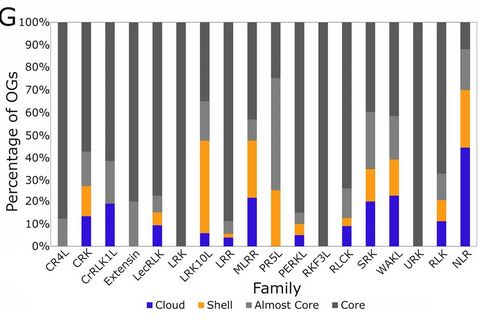Adam Mott
@adammott.bsky.social
160 followers
170 following
28 posts
Scientist working on plant cell surface receptors and immune regulation using network and systems biology. Thoughts are my own.
Posts
Media
Videos
Starter Packs
Reposted by Adam Mott
Reposted by Adam Mott
Reposted by Adam Mott
Reposted by Adam Mott
Reposted by Adam Mott
Reposted by Adam Mott
Reposted by Adam Mott
Reposted by Adam Mott
Reposted by Adam Mott
Reposted by Adam Mott
Reposted by Adam Mott
Adam Mott
@adammott.bsky.social
· Aug 27
Reposted by Adam Mott
Reposted by Adam Mott



















